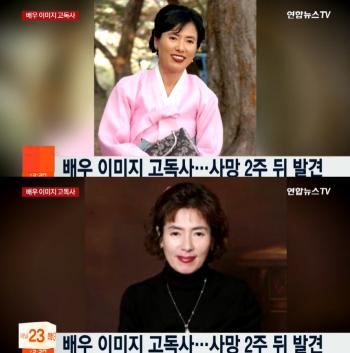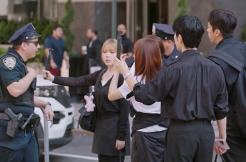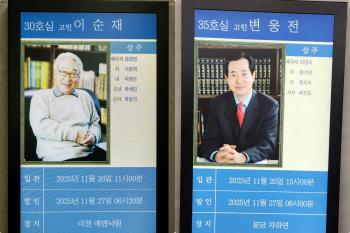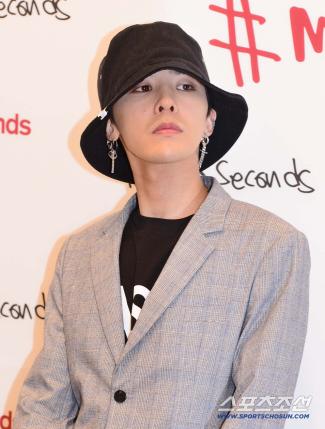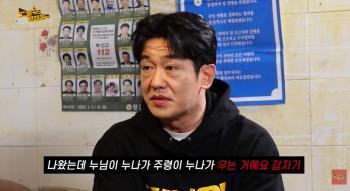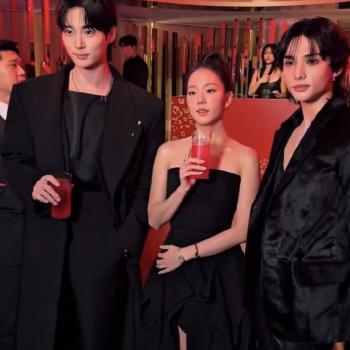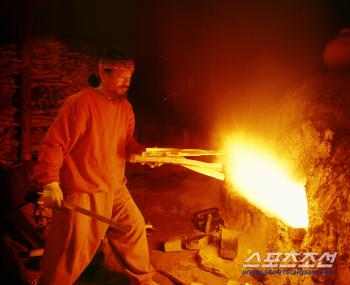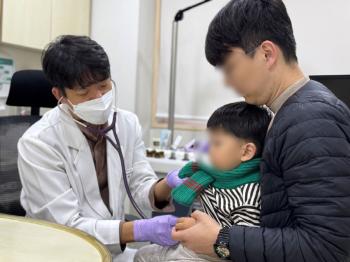New Power for Professional Baseball, Local Tourism, 12 Million Spectators Are 'Moving Domestic Demand'
Sep 30, 2025
|
Yanolja Research recently reported that the KBO League entered a new turning point in revitalizing the local economy with the era of 12 million spectators" he analyzed.
In 2024, the KBO League exceeded 10 million annual spectators for the first time in 43 years since its launch, and as of September 27 this year, the cumulative audience exceeded 12 million. This is the largest record in the history of professional sports in Korea, meaning a large-scale population movement beyond the metropolitan area and set in cities affiliated with the country. Yanolja Research has done this
It was evaluated as an opportunity for regional tourism growth, defining "moving domestic demand".
In particular, the increase in spectators at non-metropolitan stadiums was remarkable. Local clubs such as KIA Tigers and Samsung Lions recorded a 30-70% increase in spectators compared to the previous year, and BC Card analysis showed that the per capita consumption was also higher than that of home fans as the number of visitors increased by 43%.
In fact, the consumption of away fans showed a 'DIY tourism pattern'. Before the game, they enjoyed visiting restaurants and cafes (60%), purchasing goods (38.4%), and visiting attractions (36%), and after the game, eating out (46.2%) and using pubs (40.6%).
The demand for accommodation during long-distance expeditions has also increased significantly, and in Busan, the weekend accommodation conversion rate reached 86.8%.
The characteristics of each city are also clear. Busan and Changwon are typical stay-type tourist destinations, and Daegu had a strong consumption pattern combined with the night economy. Daejeon had many return-to-home types on the same day due to its accessibility to the metropolitan area, while Gwangju had a prominent short-term consumption type centered on local food.
Yanolja Research also presented overseas cases. Like the U.S. Major League Baseball, the stadium is opened 365 days a year to be used as a tourist attraction, or like Japan, it provides packages linked to club hotels. In addition, a model was introduced in which clubs and local governments cooperate to strengthen urban branding. In particular, he emphasized that KBO's unique cheering culture, such as Busan's 'Busan Seagull' group singing or Gwangju's KIA cheering song, can be developed into an experiential product for foreign tourists.
Yoon Hyo-won, a senior researcher at Yanolja Research, said, `Fans are already practicing 'DIY sports tourism' that combines sports and tourism""The club should work together as a platform to connect local resources, while the club should expand the fan experience" he said. He then added that `Now is the turning point for professional baseball to become a new growth engine for local tourism.'
This article was translated by Naver AI translator.

